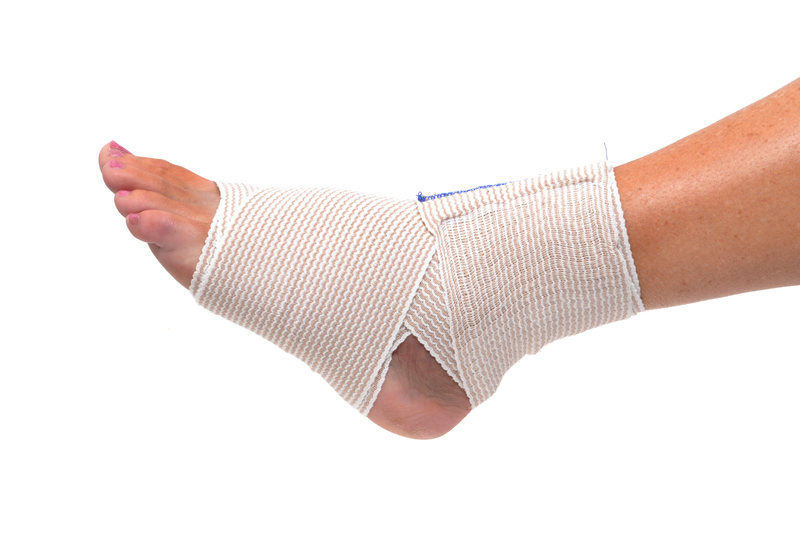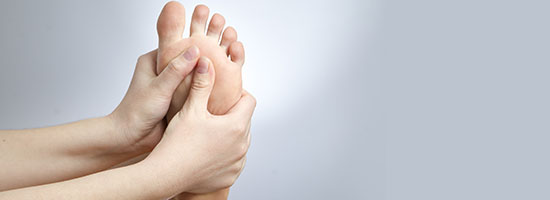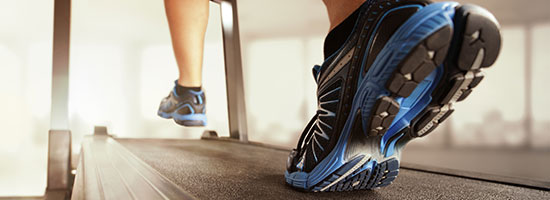You want a surgeon skilled in minimally invasive techniques if bunions require the intervention of a bunion surgeon.
A bunion occurs when the big toe is pushed inward toward the next toe. This can cause the joint at the base of the big toe to enlarge, creating a bony bump. The skin and tissue around the bump can become red, swollen, and tender. A similar condition, called a bunionette or tailor’s bunion, can occur at the base of the little toe. If untreated, bunions can cause inflammation in the ball of the foot, bursitis, and hammer toe.
Causes of Bunions
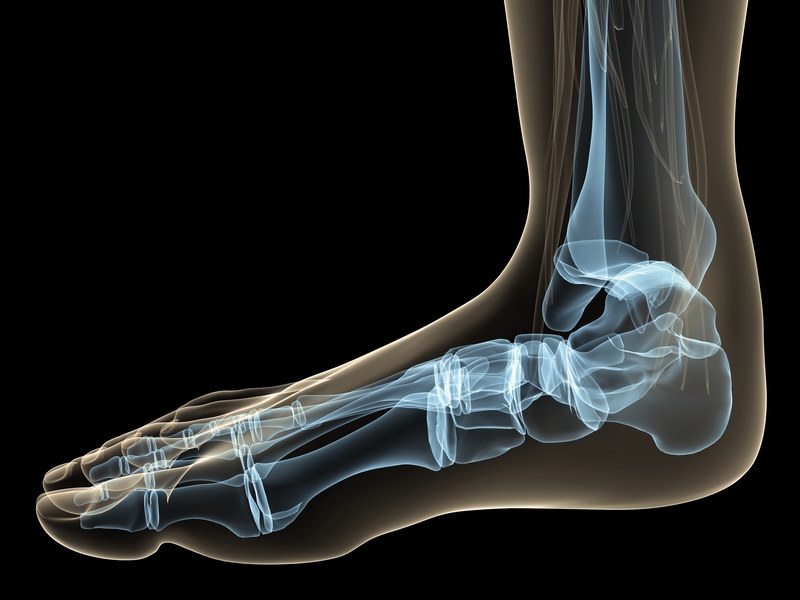
- Certain foot types, such as flat or over-pronated, are more susceptible to bunions and tend to be inherited.
- Ill-fitting, high-heeled, and pointed-toe shoes. Women are far more likely than men to develop bunions since many women wear these types of shoes. According to the Institute for Preventative Foot health, approximately 18 million American women over the age of 21 have had bunions compared to four million men.
- Congenital foot deformities.
- Arthritis that causes the toe cartilage to deteriorate.
- Activities, such as dancing, that puts stress on the toes and feet.
Your bunion surgeon can help you to determine the likely cause of your bunion development so that you can take proper steps to prevent a bunion from developing again.
Bunion Symptoms

- Joint pain and stiffness
- Redness and swelling of the metatarsophalangeal joint located at the base of the big toe
- Irritated skin at the site of the bunion
- Noticeable inward displacement of the big toe
Bunion symptoms can sometimes be confused with gout, which can also affect the big toe. Gout pain tends to develop suddenly and is usually more severe than bunion pain. Gout pain is usually episodic whereas bunion pain tends to be constant.
How Are Bunions Diagnosed?
Most bunions are diagnosed through a combination of patient history and physical exam. X-rays and blood tests may also be used to rule out other causes of pain and swelling, including fracture, gout, and rheumatoid arthritis. X-rays are also helpful in assessing which type of surgery may best relieve the symptoms.
Are There Steps I Can Take to Prevent or Relieve Bunion Symptoms?
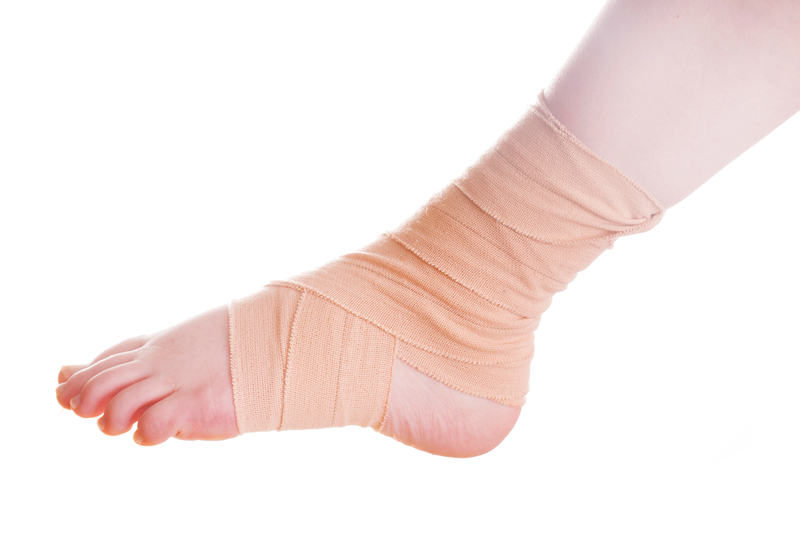
A bunion pad situated over the bony bump can help relieve irritation. An ice pack applied to the area for 10 to 15 minutes a couple of times a day may help reduce some of the inflammation. Over-the-counter pain relievers, such as ibuprofen, acetaminophen, or naproxen, can help relieve bunion pain temporarily but should not be used on a long-term basis. Shoe inserts and arch supports can help redistribute weight and pressure evenly as you walk, which can reduce symptoms and possibly prevent the bunion from worsening.
How Can a Bunion Surgeon Help?
A bunion that does not respond to conservative measures may require surgical correction. The surgery relieves pain and discomfort by realigning the toe to its correct position. Surgery is most often used when the bunion causes significant pain that interferes with normal activities. There are several procedures available to correct bunions. The surgeon will work with you to determine the best procedure for your situation. The most common bunion procedures include:
- Removing part of the bone in order to straighten the big toe
- Removing some of the swollen tissue from the toe joint
- Permanently joining the bones of the affected joint
- Correcting the angle of the big toe by realigning the long bone located between the toe and the back of the foot
Most bunion surgeries are performed as an outpatient procedure. The bunion surgeon will most likely use a form of regional anesthesia known as an ankle block, which will numb your foot while you remain awake. Following the surgery, you will have a brief stay in recovery before being released home. You may be required to wear a cast or boot for a short time to protect the foot. You will also be provided with specific post-operative instructions and scheduled for a follow-up appointment.
Following surgery, you should keep your foot elevated as much as possible and use ice packs to reduce any swelling. You should only take pain medications as recommended by the doctor. Aspirin and other common over-the-counter pain relievers can increase the chances of bleeding. It is also important that you keep your dressing clean and dry to promote healing and prevent infection.
At our office, we utilize a state-of-the-art minimally invasive surgical bunion removal technique. As a result, most of our patients are able to walk shortly after surgery.
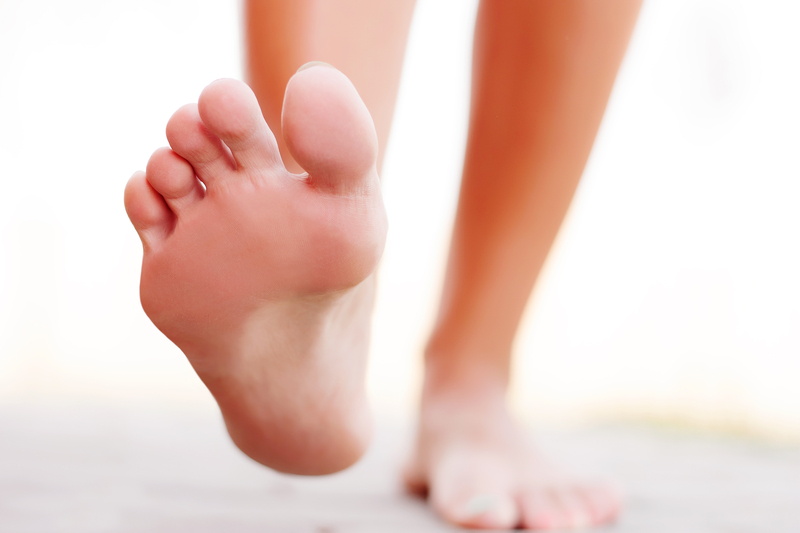
Contact our office today to schedule an appointment for a consultation with a top bunion surgeon. Our minimally invasive bunion surgery technique is safe, effective, and revolutionary in the field. At our office, we place a general emphasis on procedures and treatments that are minimally invasive whenever possible so that our patients can get back to their regular activities more quickly with as little pain and discomfort as possible. Feel free to contact us to learn more about your different treatment options.

